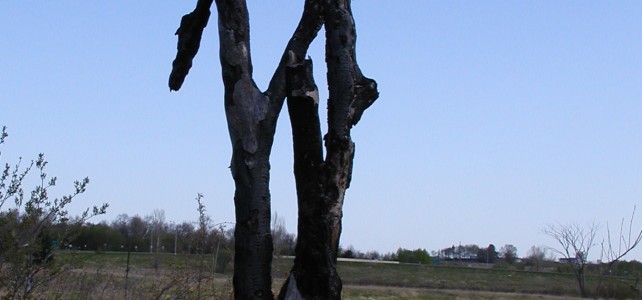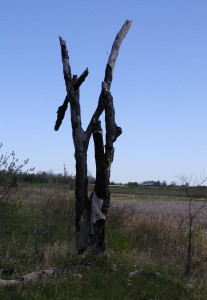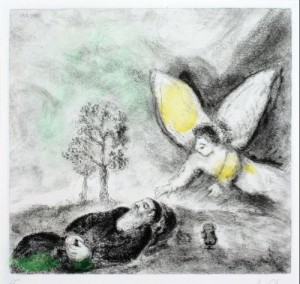
Marc Chagall, Elijah Touched by an Angel, from the Bible suite, 1958. Image source: The Jewish Museum, New York
First published in the Catholic Times, newspaper of the Catholic diocese of Columbus, OH August 16, 2015
This Sunday’s reading tells the story of a prophet who is worn out and discouraged. He has served God, trying to bring people back to Yahweh, trying to change the hearts of King Ahab and his wife, Jezebel who was a follower of Baal. She had many of Israel’s prophets killed. In an effort to call them all back to the Lord, Elijah spoke to the people and set up a spectacular contest. Hundreds gathered on Mount Carmel. He instructed the 450 prophets of Baal to pick a bull, cut it up, and place it on wood stacked for a fire, but not lit. That would be Baal’s job. Elijah would do the same when they had finished, calling on Yahweh to set his sacrifice ablaze.
The prophets went to work, but no amount of chanting or dancing could raise a response from Baal. When they gave up, Elijah built an altar of stone, arranged the wood, and placed the sacrifice on it. He dug a deep trench around the altar, and ordered water poured over the bull, wood, and earth. Three times he instructed them to do so until everything was soaked and the trench full.
Then, he prayed, simply. Yahweh’s power exploded in flame, consuming the bull, wood, parching the earth, and drying the trench. The people were convinced and helped Elijah slaughter all the prophets of Baal. On hearing of the contest and slaughter of the prophets, Jezebel vowed to take Elijah’s life before another day passed.
That is where we meet Elijah in Sunday’s reading. He has fled into the wilderness to save his life. Exhausted, he sits under a broom tree and prays the prayer of the despondent. He had had enough, blamed himself, and was ready to die. “Take my life,” he says. “I’m done.” He had tried his best, failed, and was alone.
Haven’t most of us, at one time or another, had similar feelings? Life sometimes brings tragedy, chronic illness, or emotional pain. Many in our world live in poverty or daily encounter discrimination and oppression. Some wake in the morning not sure where they will find the day’s food. Through it all, we try to be faithful. To trust God with us.
But sometimes, like Elijah, we are worn out. Maybe our struggle is not dramatic. It can be a nagging discontent. A doubt about what is ahead. Whatever it is, large or small, sometimes it wears us out. We are tired and discouraged, and God doesn’t seem to be around.
The prophet’s story, at one time or another, is our own. Worn out, he utters his prayer and falls asleep. I’m not sure what he expected, but I doubt it was the angel’s touch, waking him and providing food and drink. He does, then falls back to sleep. The angel comes again and orders him to eat “…else the journey will be too long for you!”
Despite the sternness of the angel’s directions, the scene has gentleness about it. God knows what Elijah needs: Sleep, food, and drink. The angel’s demands aren’t harsh, but are like those of a mother who knows what her child needs even when he doesn’t. So she tells him: Eat. Turn out the light and go to bed.
Elijah did as he was told. The rest and food gave him strength to make a long journey. I wonder what he thought as he put one foot in front of the other for days. How he prayed, if he recognized God walking with him as he went along. Sometimes we work things out in our own minds, and sometimes, we just keep going and they work out themselves. Sometimes we pray and sometimes God prays for us. I imagine both things happened to the Elijah.
Then, when he arrived at Mount Horeb, the prophet received something else he needed: an experience of God, not in storms, earthquakes, or fire, but in a quiet whisper of a voice.
This isn’t the whole story. It’s a great one to read from beginning to end, not just the bit we hear on Sunday. As I read I was moved by God’s tenderness and care for this weary prophet. and remembered an African saying, shared by a friend years ago: The strength of the fish is in the water.
For the fish, water is everything. For Elijah, when he knew it and when he didn’t…for us, our strength is in God. For us, God is everything.
© 2015 Mary van Balen
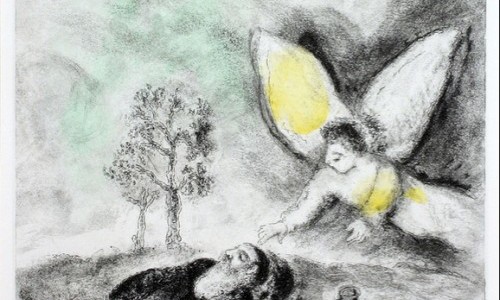



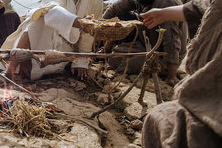

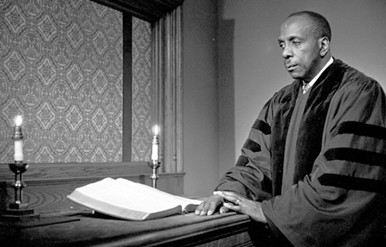
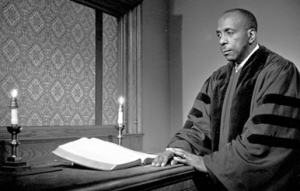
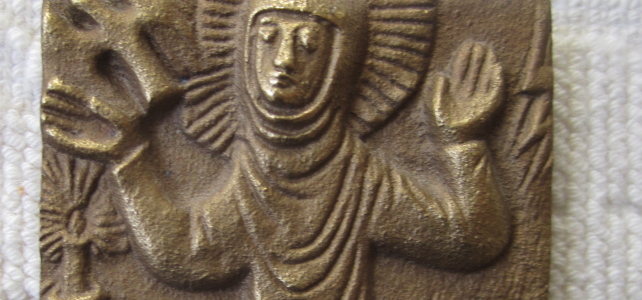
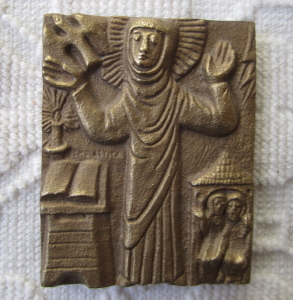
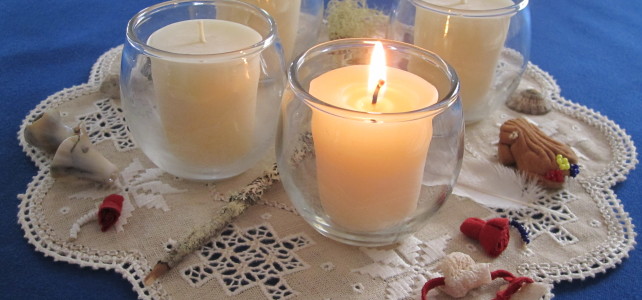
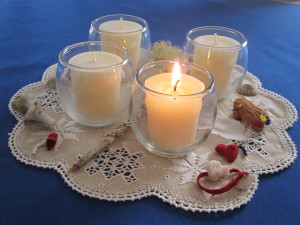



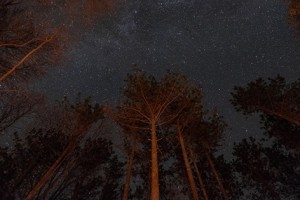
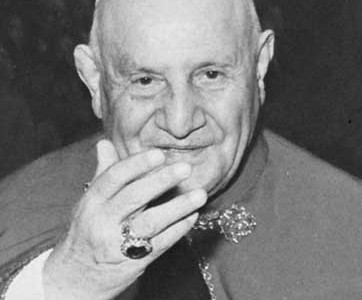
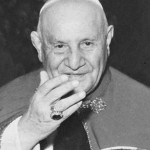 Originally published in The Catholic Times, Oct. 13 Vol. 64:2
Originally published in The Catholic Times, Oct. 13 Vol. 64:2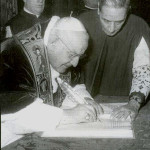
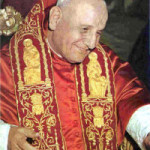 His homily at Sunday’s opening mass warned of the possibility that those charged with nurturing God’s people can bring harm instead out of their self interest, greed, and pride: “God’s dream always clashes with the hypocrisy of some of his servants. We can ‘thwart’ God’s dream if we fail to let ourselves be guided by the Holy Spirit,” Pope Francis said. “The Spirit gives us that wisdom which surpasses knowledge, and enables us to work generously with authentic freedom and humble creativity.”
His homily at Sunday’s opening mass warned of the possibility that those charged with nurturing God’s people can bring harm instead out of their self interest, greed, and pride: “God’s dream always clashes with the hypocrisy of some of his servants. We can ‘thwart’ God’s dream if we fail to let ourselves be guided by the Holy Spirit,” Pope Francis said. “The Spirit gives us that wisdom which surpasses knowledge, and enables us to work generously with authentic freedom and humble creativity.”